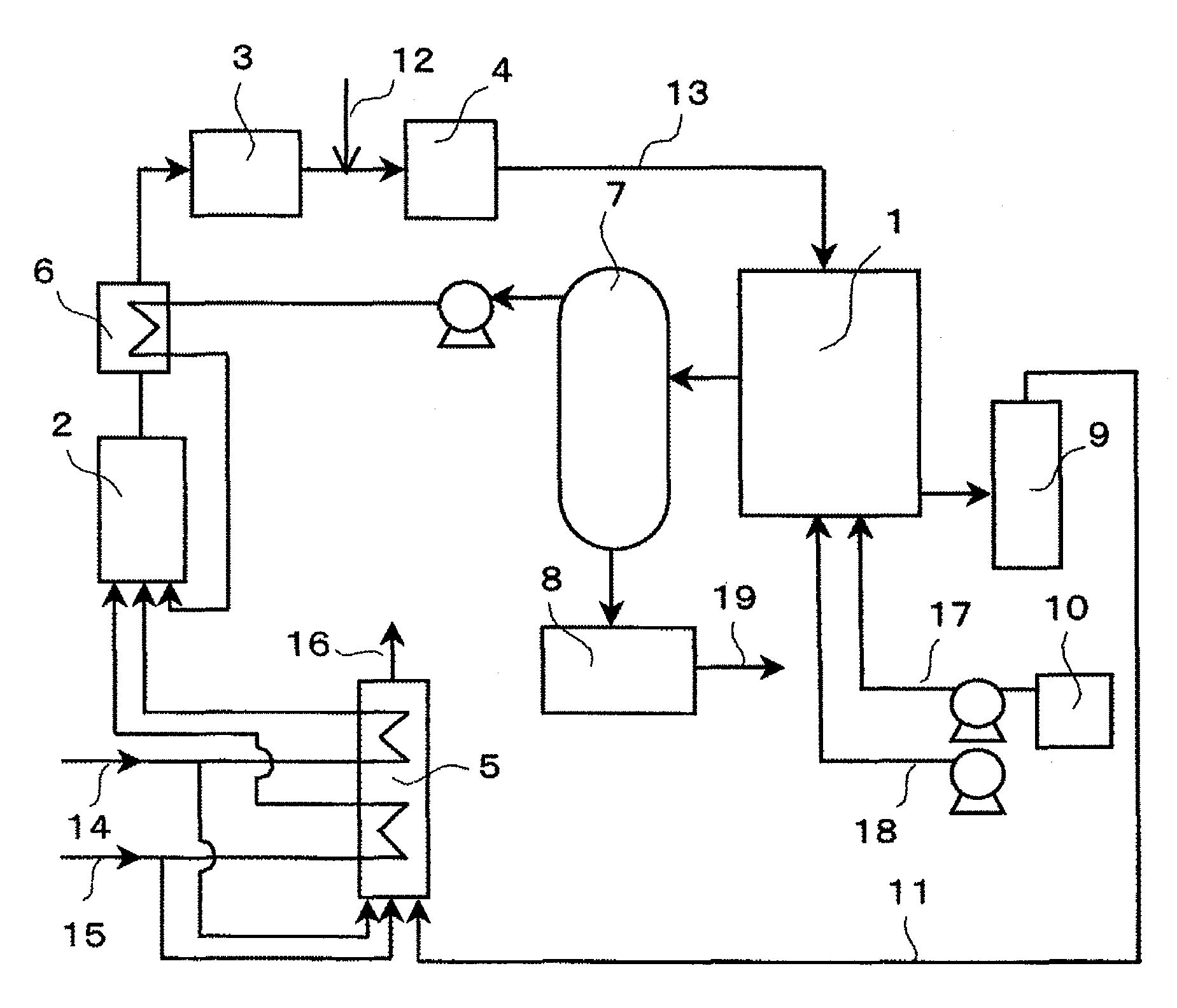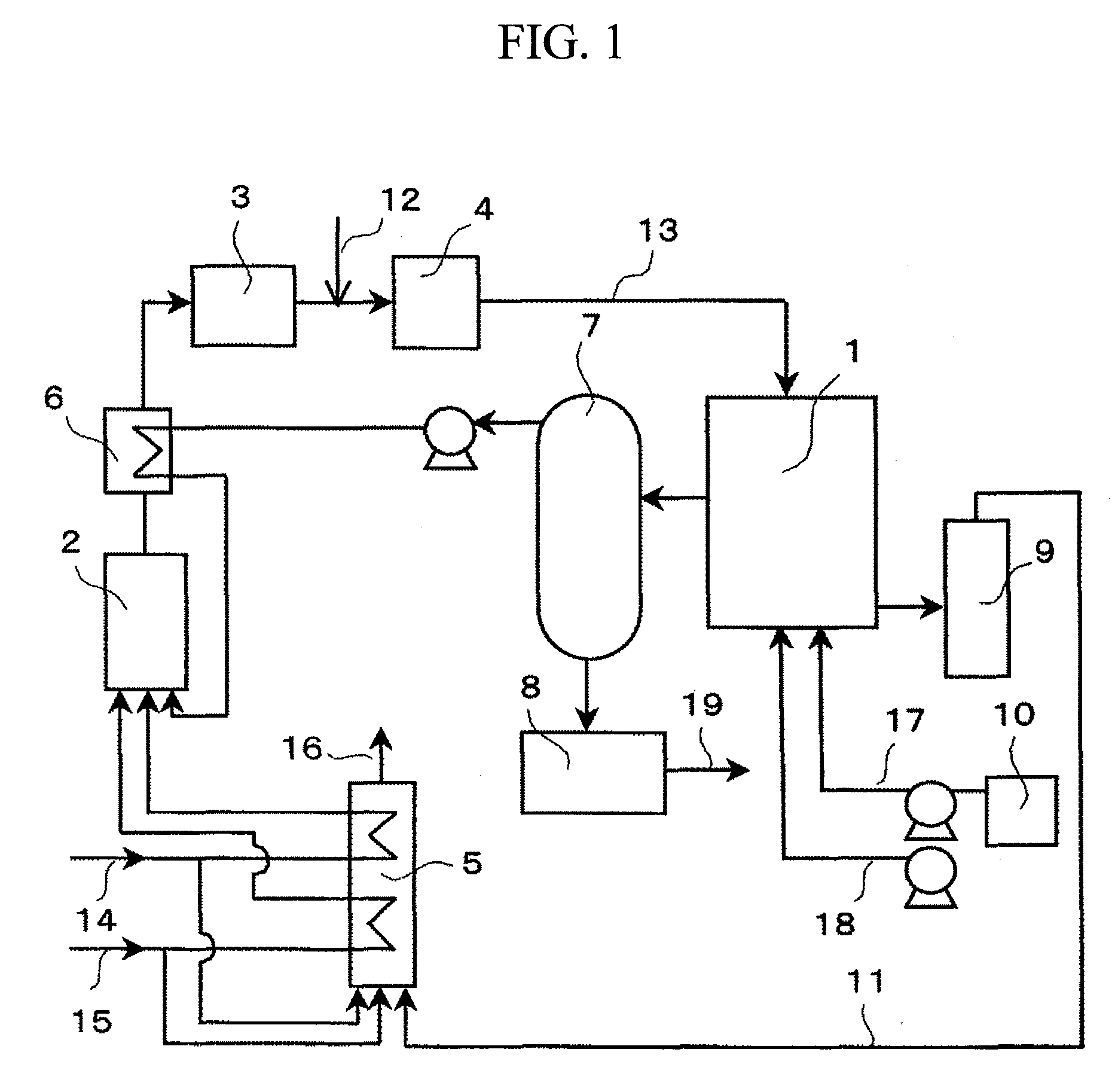Fuel cell using the catalyst of metal clusters
a fuel cell and metal cluster technology, applied in the direction of fuel cell details, cell components, electrochemical generators, etc., can solve the problem that the development of a catalyst surpassing platinum in the performance has not yet been achieved, and achieve the effect of improving electrode performance and low production cos
- Summary
- Abstract
- Description
- Claims
- Application Information
AI Technical Summary
Benefits of technology
Problems solved by technology
Method used
Image
Examples
example 1
[0060]In the current Example, a production method for a catalyst having Pd clusters supported on an electroconductive carbon support will be described.
[0061](Method for Synthesis of Pd Clusters)
[0062]Synthesis of Pd clusters was performed with reference to the method of Kaneda et al. (Langmuir, 2002, p. 1849-1855). This preparation method involves synthesizing two types of Pd4 clusters, and finally synthesizing Pd2060(NO3)360(CH3COO)360O80 clusters.
[0063]0.93 g of acetic acid palladium and 92.7 cc of acetic acid were introduced into a flask, and this flask was placed in an oil bath. The content of the flask was heated to 50° C. while stirring. This solution was subjected to bubbling of 10% —CO / N2 gas using a glass pipette as a nozzle. The flow rate of the gas was 500 cc / mini and the aeration time was 6 hours. Aeration of CO for a predetermined time resulted in the generation of a yellow precipitate on the flask bottom. The remaining acetic acid was decanted such that the yellow prec...
example 2
[0072]Next, the catalyst performance of the Pd clusters prepared in Example 1 was compared with the performance of commercially available Pt catalyst and Pd catalyst.
[0073]FIG. 3 shows the results of an evaluation of the Pd2060 cluster / C1 catalyst prepared in Example 1, a currently commercially available Pt catalyst and a commercially available Pd black catalyst for the oxygen reduction activity, which serves as an index for the performance of an electrode catalyst for cathode. The Pt catalyst is composed of 50% of platinum metal, and carbon black for the balance. The Pd catalyst contains 99.8% or more of palladium metal.
[0074]The method for measuring the oxygen reduction activity of the produced electrode catalyst will be described in the following. The oxygen reduction activity was measured by a rotating disk electrode method. This technique is characterized in that the activity can be evaluated while excluding the influence of diffusion, by making use of the fact that the amount ...
example 3
[0078]Next, the difference in catalyst performance as a result of the production method for Pd clusters was examined.
[0079]The Pd2060 cluster / C1 prepared in Example 1 (the vacuum heat treatment temperature was set at 185° C., and the clusters were supported on a support), and Pd2060 cluster / C1 prepared by an exhaustion treatment at 25° C. instead of a heat treatment at 185° C., were prepared. For the two types of Pd2060 clusters, the performance of the electrode catalyst for cathode was evaluated on the basis of the oxygen reduction activity.
[0080]In FIG. 4, the horizontal axis indicates the potential, while the vertical axis indicates the relative value of oxygen reduction current. The oxygen reduction current value at 0.3 V of the Pd2060 cluster / C1 treated at 25° C. was set at 1.0. The oxygen reduction current value of the Pd2060 cluster / C1 catalyst produced at a vacuum heat treatment temperature of 25° C., was higher than that of the Pd2060 cluster / C1 catalyst produced at a vacuu...
PUM
| Property | Measurement | Unit |
|---|---|---|
| oxygen reduction current | aaaaa | aaaaa |
| hydrogen oxidation current | aaaaa | aaaaa |
| oxygen reduction activity | aaaaa | aaaaa |
Abstract
Description
Claims
Application Information
 Login to View More
Login to View More - R&D
- Intellectual Property
- Life Sciences
- Materials
- Tech Scout
- Unparalleled Data Quality
- Higher Quality Content
- 60% Fewer Hallucinations
Browse by: Latest US Patents, China's latest patents, Technical Efficacy Thesaurus, Application Domain, Technology Topic, Popular Technical Reports.
© 2025 PatSnap. All rights reserved.Legal|Privacy policy|Modern Slavery Act Transparency Statement|Sitemap|About US| Contact US: help@patsnap.com



